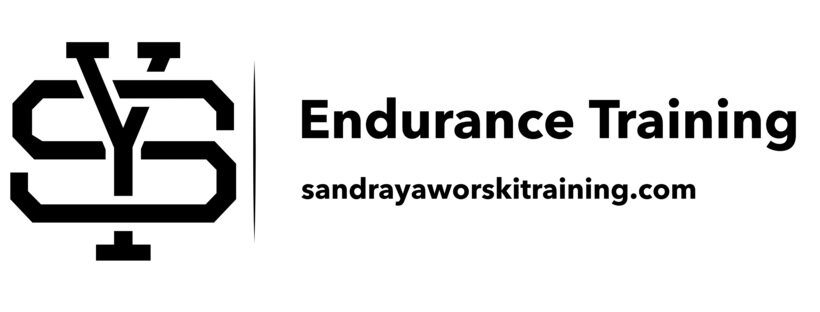The core consists of the abdominal muscles, obliques, back, hip flexors, pelvic floor, hamstrings and diaphragm. When the foot is on the ground, the glutes are in charge, and when the foot is in the air, the abdominals are in charge.
When the foot hits the ground our core stabilizes our torso. Energy generated from the foot hitting the ground is transferred through the core. That energy is lost with a weak core. A weak core results in compensation movement to keep us balanced throughout the running stride. This compensation is what allows injury to creep in.
When analyzing running form, the faults I look for are:
•Excessive rolling in as the arches collapse which can lead to imbalances right through to the spine.
•Excessive hip adduction which causes excess load on the IT band, TFL, and gluteus medius.
•Restrictions in trunk rotation and shoulder extension. This causes issues with spine, hip, and trunk rotators.
•Poor hip extension which is a sign of tight hip flexors and weak gluteal muscles. This places more pressure on the lumbar spine.
Once we have corrected for these faults, we can begin to focus on proper foot placement and cadence.


